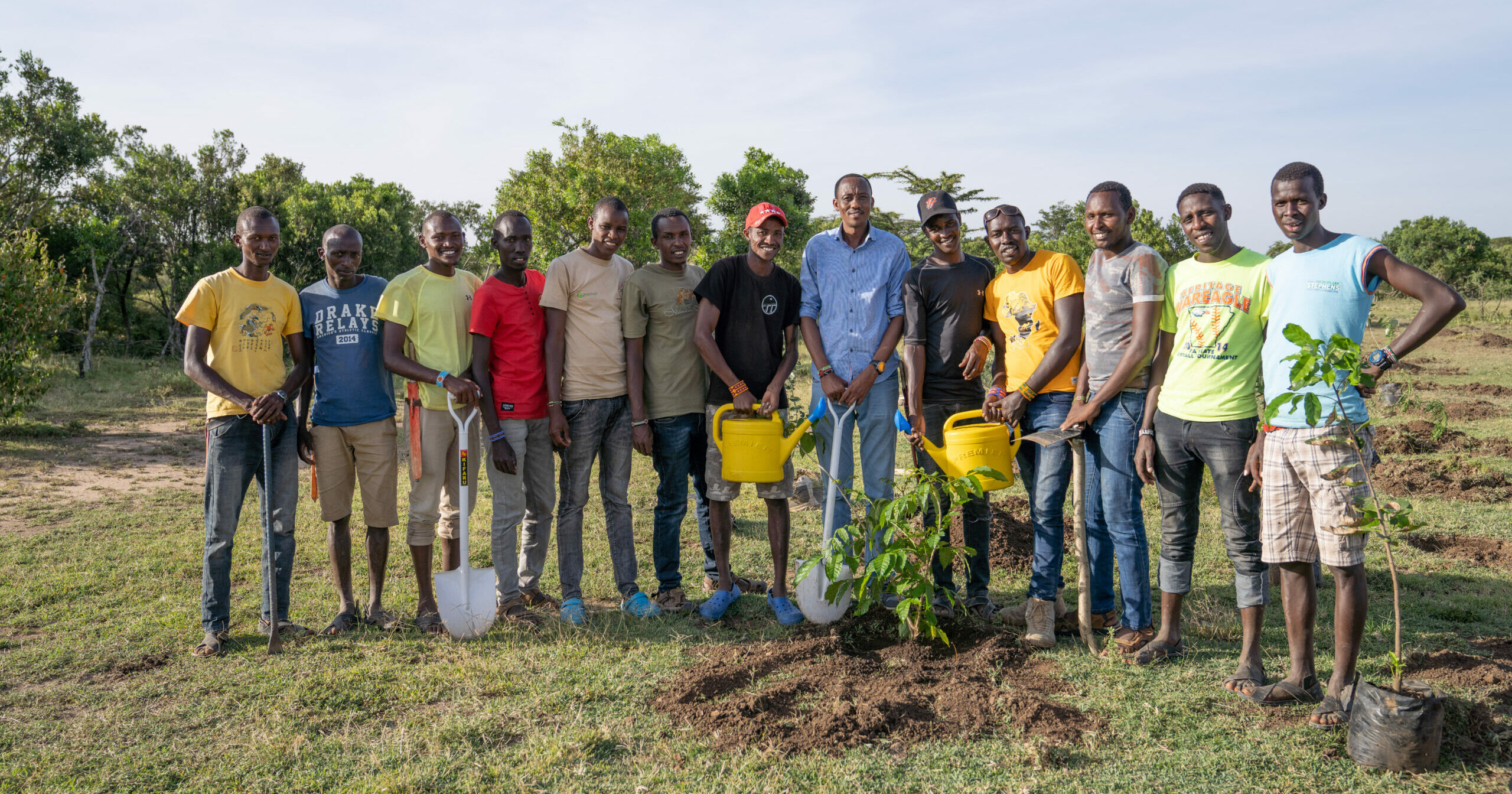WILDER OLIMBA UNSER BAUMPFLANZPROJEKT
“We want to bring the forest back to this place, it’s an important wildlife corridor between the National Reserve and the Conservancies. Even if planting and growing this forest is going to take the rest of my life, it’s the little I can do with my team here to try to make this corner of the world a bit more sustainable”
Julie Lovens – Owner and Director of Olimba Mara Camp
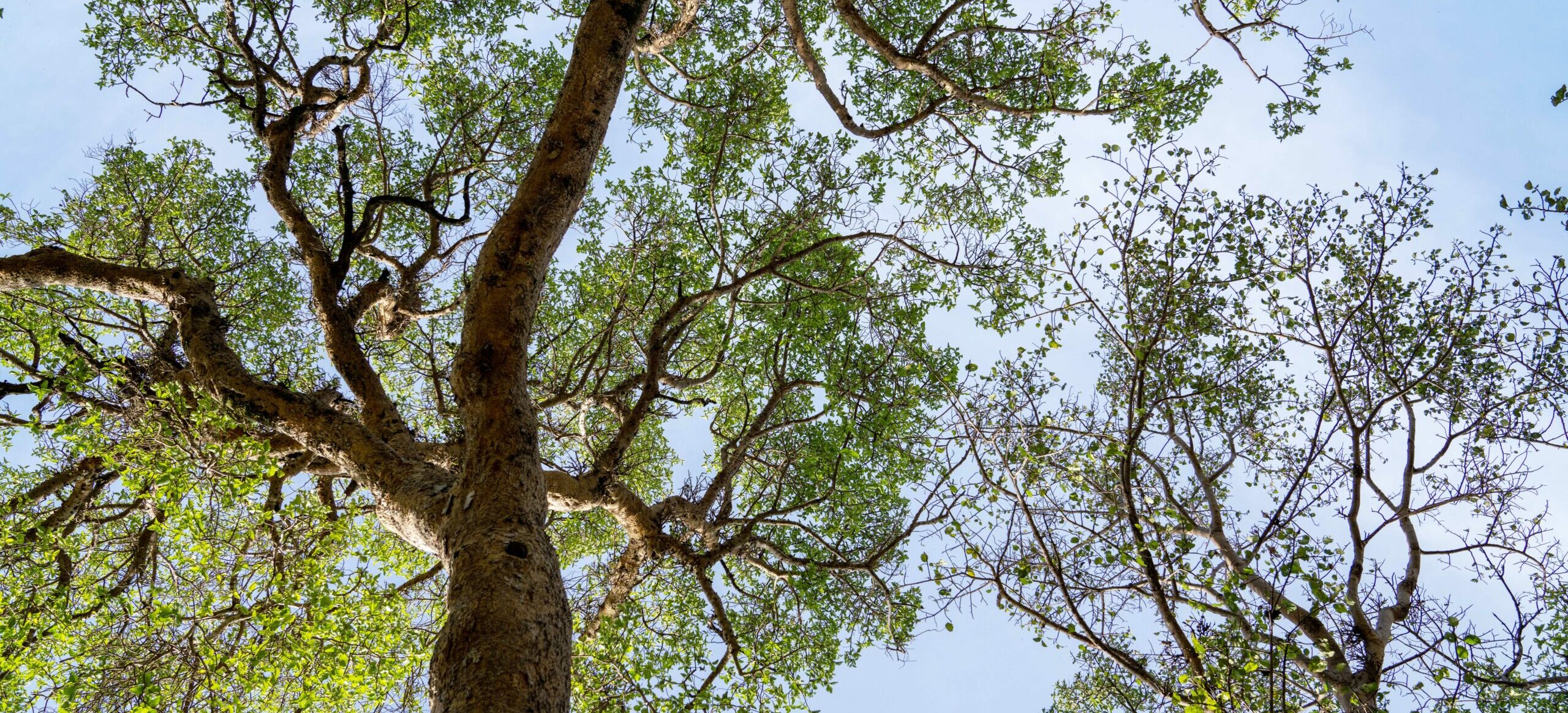
OVERVIEW OF THE GREATER MARA ECOSYSTEM
The Greater Mara Ecosystem is often regarded as the “jewel in the crown” of Kenya’s tourism industry and is internationally recognized as one of the New Seven Wonders of the World. This incredible ecosystem is home to over 95 species of mammals and more than 550 species of birds, making it a haven for wildlife enthusiasts. The Mara is particularly renowned for its high concentration of migratory herbivores, including gnus, zebras, topis, and other antelope species. The Great Wildebeest Migration, where over one million animals migrate from the Serengeti to the Maasai Mara, occurs during the dry season, typically from July to October. Situated in southwest Kenya, within Narok County and the Great Rift Valley, the Mara Region spans approximately 4,300 km², with 25% of this area designated as the Maasai Mara National Reserve.
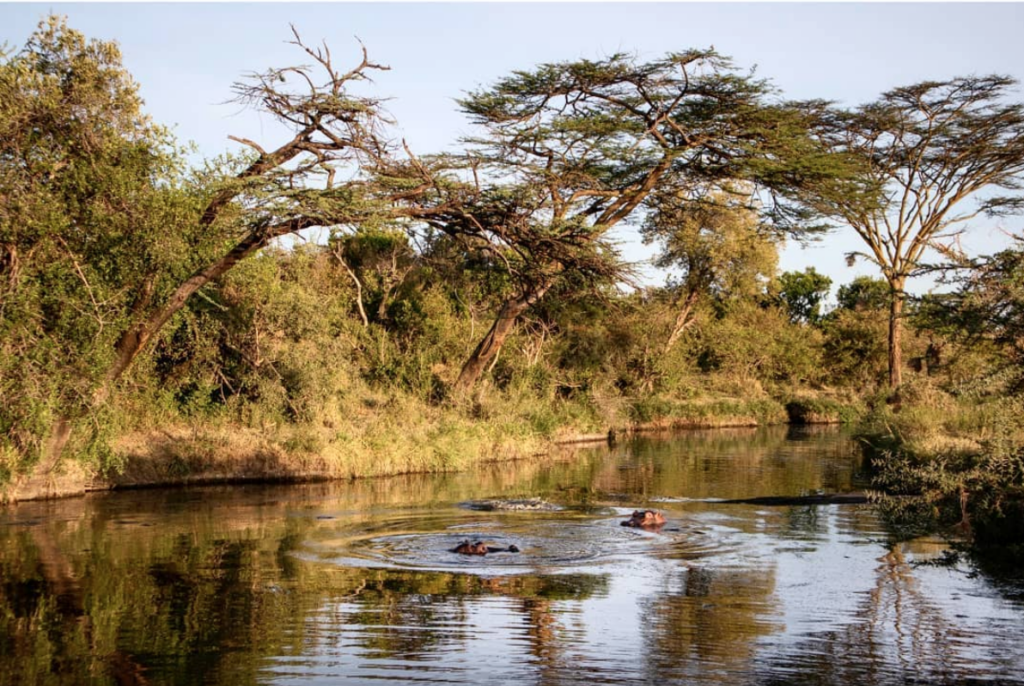
PROJECT BACKGROUND
Trees play a vital role in the environment by contributing to clean air, providing shade to cool temperatures, and enhancing natural beauty. However, the Maasai Mara ecosystem faces significant threats, with one of the most pressing issues being the rapid loss of natural forests due to deforestation, caused by factors such as overgrazing, climate change, and the unsustainable use of natural resources. Approximately one-third of the land area in the Mara Ecosystem is protected as the Maasai Mara National Reserve, but much of the wildlife inhabits the surrounding community land, which is vulnerable to environmental degradation. Over the past 20 years, the region has experienced a dramatic decline, losing more than half of its wildlife population. The ecosystem faces ongoing challenges, including population growth, changes in traditional land-use practices, and the illegal felling of trees, all of which threaten the delicate balance of this vital wildlife habitat.
The major long-term threats to wildlife conservation in the region stem from changing cultural practices that increase pressure on land resources. Unplanned settlements, permanent agricultural activities, and illegal timber harvesting pose significant threats to the Mara Ecosystem. As land is privatized and fenced off or cleared for settlement, the natural habitats critical for wildlife continue to shrink, further disrupting the ecosystem.
Tree planting plays a vital role in protecting this fragile ecosystem and promoting sustainable livelihoods through ongoing efforts in reforestation, education, and seed collection for future planting initiatives. In addition, trees hold significant medicinal value in the Maasai culture, and as tree populations decline, the community loses its connection to nature, impacting their traditional practices. Therefore, there is an urgent need to replenish and protect these forests to preserve both the ecosystem and cultural heritage.

PROJECT LOCATION
Olimba Camp Mara is located along the Talek River, bordering the Maasai Mara National Reserve. The campsite sits in a fragile wildlife corridor between Mara Naboisho and Nashulai Mara Conservancy, serving as a critical access point for the Great Migration between the two conservancies. However, the area is severely degraded, with bare sandy land, overgrazed riverbanks, heavily eroded gullies, and a drastic reduction in tree cover, posing a significant threat to wildlife preservation and habitat conservation.

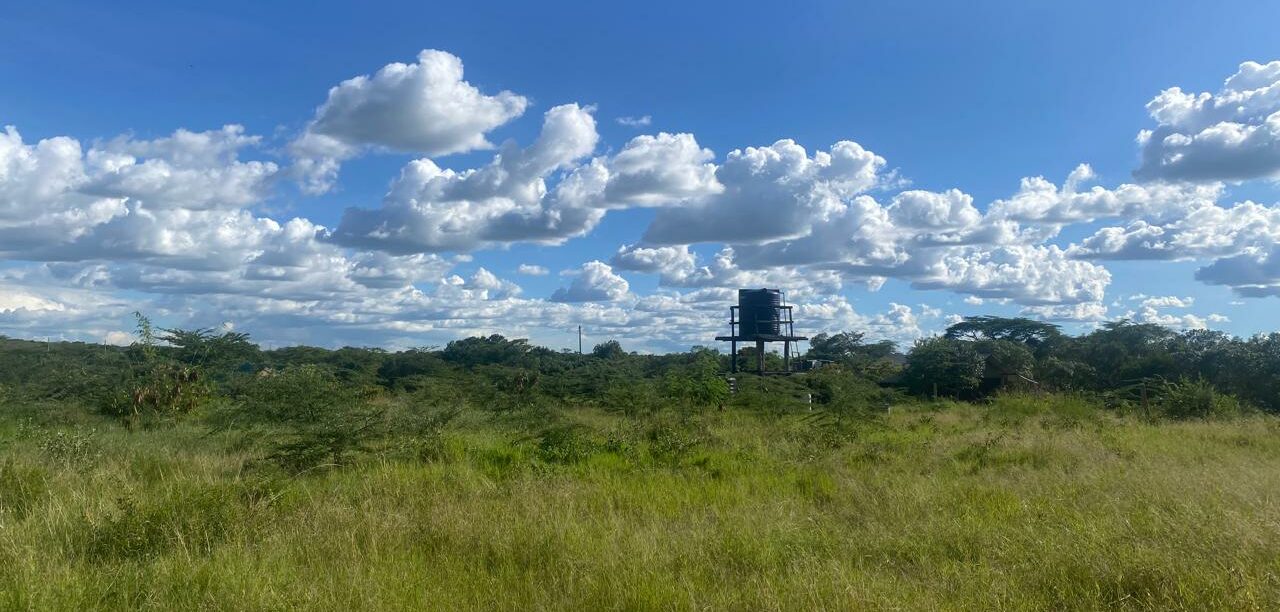
OBJECTIVES OF THE PROJECT
The project aims to restore natural forests and preserve culturally significant indigenous trees. Our goal is to plant over 10,000 trees on 100 acres of land as a starting point. The project is built on a three-step strategy:
Ecological Restoration: Focuses on planting trees to improve water infiltration, reduce soil erosion, and enhance wildlife habitats.
Tree Domestication: Selecting and domesticating elite trees that are culturally important to promote multifunctional landscapes and sustainable plantations.
Community Empowerment: Encouraging local communities to start their own tree nurseries and trade young seedlings, creating sustainable livelihoods through reforestation efforts.
EXPECTED PROJECT IMPACTS
Tree planting plays a crucial role in enhancing ecosystem functions by improving water infiltration and increasing biodiversity. By providing shade and attracting forest-dependent species both above and below the ground, it promotes the return of diverse organisms. Enhanced biodiversity helps support natural predators, restore lost landscapes, aid in carbon sequestration, and secure migratory corridors, thereby reducing human-wildlife conflicts. Additionally, the project will offer economic and social benefits to the local community, creating income opportunities for youths and women, and preserving indigenous cultures, such as the use of medicinal plants.

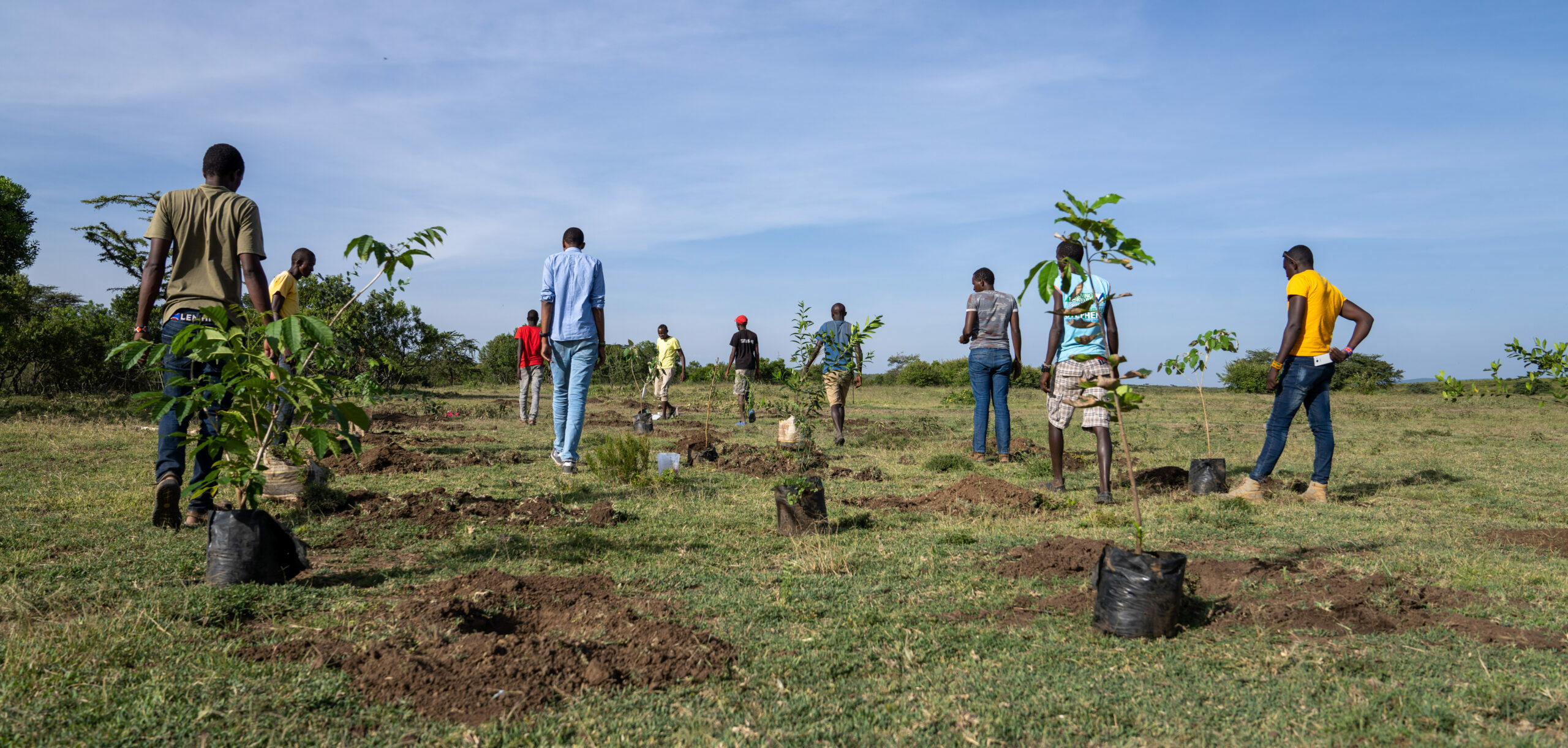

FUNDING SEEDLINGS AND INFRASTRUCTURE
Donate a seedling or plant a forest. Each seedling planted will be added the name of the donor. Key donors will be rewarded with naming of the forest after them. You are also free to visit and witness the project whenever possible.
SEEDLINGS DESCRIPTION
The tree seedlings are 3 to 6 months old, about 30cm to 60cm tall at the time. We are focusing on native tree species such as African olive, Kenya green heart, ficus sycamorus, acacia, croton, magic quarry, cordia and many more.
We are acquiring the tree seedlings from the Ministry of Environment Tree Nursery in Narok, the African Hope Centre in Narok and from the Mara Discovery Tree Nursery, whereby the Mara Discovery Nursery is funded by the Oliveseed Foundation.
FORCAST
Up to today, more than a 1000 trees have been planted around the camp area. Our gardener Amos and the Olimba team are taking great care of them, watering them everyday during dry periods, making sure that as many trees as possible survive and grow.
In the coming five years, we plan to create 2 more zones for active reforestation, elaborating working structures that allow us to grow our forest, keeping in mind potential challenges like little water resources and wildlife roaming in the area.

Help us Reforesting the mara
Want to help us rewild Olimba? Every contribution makes a difference! Reach out to us today—your donation, no matter how small, will directly support our reforestation efforts and help restore this fragile ecosystem. Together, we can make a lasting impact for the wildlife and local community.
